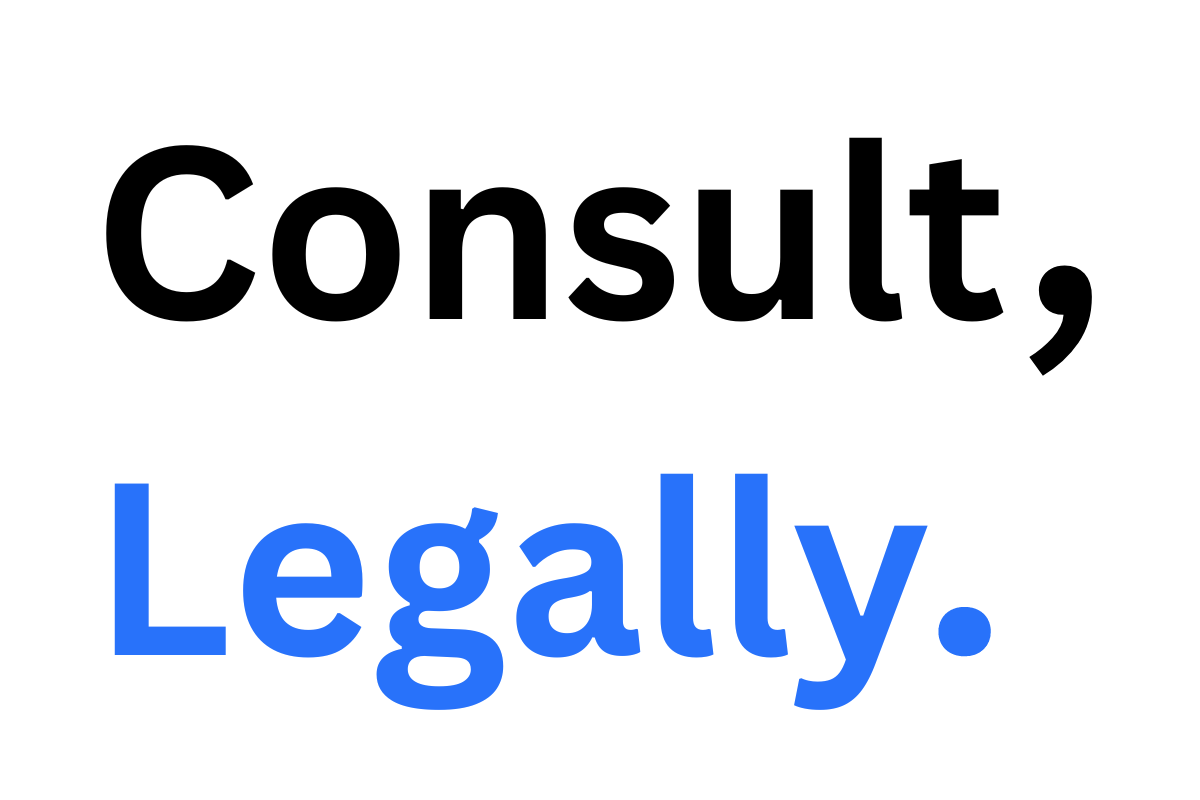Protecting your privacy has become more important than ever. With social media, online platforms, and constant access to personal data, it’s easier than ever for people to invade your private life. You may not always be aware of it, but your privacy is vulnerable to breaches. Thankfully, the law offers protections against such violations through privacy torts, or legal actions that address different kinds of privacy violations.
In this article, we will explore the four main privacy torts, explaining what they are, how they work, and what you can do if your privacy has been violated. Whether you are an individual trying to safeguard your own privacy or someone who has been impacted by a privacy breach, understanding these legal protections can be vital in securing your rights.
What Are Privacy Torts?
A privacy tort is a legal claim that allows an individual to sue someone who has intruded upon their personal privacy in specific ways. These torts are civil actions, meaning you would typically seek compensation (damages) for the harm caused by the invasion. In many places, these torts have become essential tools for protecting individuals’ privacy rights against unwanted or harmful intrusions.
In the United States, these privacy torts were first introduced by law professor William Prosser in the 1960s and have since been widely adopted across various jurisdictions, including Ontario in Canada. Let’s dive into the four major types of privacy torts: Intrusion Upon Seclusion, Appropriation of Name or Likeness, Public Disclosure of Private Facts, and Publicity Placing a Person in False Light.
What are the Four Privacy Torts?
1. Intrusion Upon Seclusion
Imagine you’re sitting at home, enjoying a quiet evening, and suddenly someone peeks through your window, spying on you without your knowledge. Or perhaps someone listens in on your private phone conversations. In situations like these, you might have experienced what’s known as “Intrusion Upon Seclusion.”
This privacy tort occurs when someone intentionally intrudes into your private space or affairs without your consent. It doesn’t matter whether the person discloses the information they have gathered; the key issue here is that they violated your privacy by intruding into a space or activity that you reasonably expect to be private.
Key Elements of Intrusion Upon Seclusion
- Intentional or Reckless Conduct: The person who invaded your privacy must have done so either intentionally or recklessly. If it was accidental or unintentional, it likely wouldn’t qualify as an intrusion upon seclusion.
- Invasion of Private Affairs: The intrusion must be into an area of your life that you have a reasonable expectation to keep private, such as your home, personal conversations, or other private activities.
- Offensiveness: A reasonable person would find the intrusion offensive or distressing. For example, spying on you in your own home would likely be considered highly offensive.
Example
Suppose you’re in your own home, minding your business, and someone stands outside your window, peering inside to watch you. This would likely be considered an intrusion upon seclusion. The law protects your right to enjoy your personal space without unwanted observation.
2. Appropriation of Name or Likeness
Have you ever seen your picture or name used by someone else to advertise a product, without your permission? That’s an example of “Appropriation of Name or Likeness,” and it’s another type of privacy tort.
This tort protects your right to control how your name, image, or likeness is used, especially for commercial purposes. When someone uses your identity to gain profit or benefit without your consent, they may be infringing upon your privacy rights.
Key Elements of Appropriation
- Use of Your Identity: Someone must have used your name, likeness, or other aspects of your identity, like your voice or distinctive appearance.
- Commercial Use: The use must be for commercial purposes—i.e., the person is using your identity to make money or advertise something.
- No Consent: You must not have given permission for the use of your name or likeness.
Example
Let’s say you are a famous athlete, and a company uses a picture of you in their advertisement without asking for your consent. They’re using your likeness to sell their product, and you did not agree to it. This would be a clear case of appropriation.
3. Public Disclosure of Private Facts
This privacy tort occurs when someone reveals personal information about you to the public that should have been kept private. This could involve disclosing intimate details about your life, such as your health status, financial problems, or even your sexual orientation, without your permission.
It’s important to note that the information disclosed must not be of public concern or interest. For instance, if someone publishes private medical records or confidential personal information about you, it could be a violation of this tort.
Key Elements of Public Disclosure of Private Facts
- Public Disclosure: The private facts must be disclosed publicly, such as being posted on social media, in the news, or made available to the general public.
- Highly Offensive: A reasonable person would find the disclosure to be highly offensive. For example, sharing embarrassing or deeply personal information without consent could cause significant distress.
- No Legitimate Public Concern: The disclosed information must not be something that is of legitimate public concern. For example, revealing someone’s private health conditions without a valid public interest is a violation of this tort.
Example
If someone were to post a video of you in a vulnerable moment without your permission—like a video revealing a private struggle with addiction—that could be a public disclosure of private facts. This is a serious invasion of your privacy and could lead to emotional harm.
4. Publicity Placing a Person in False Light
The final privacy tort involves situations where someone presents false or misleading information about you in a way that would cause others to form a negative or inaccurate opinion about you. This tort differs from defamation in that it doesn’t necessarily harm your reputation, but it does harm your privacy by making you appear in a false light.
For example, imagine someone publishes an article that suggests you’re involved in something illegal when, in reality, you have no connection to it. The information presented might be misleading or out of context, but it paints a false picture of who you are.
Key Elements of Publicity Placing a Person in False Light
- False or Misleading Information: The information presented about you must be false or misleading in a way that could place you in a negative light.
- Offensive to a Reasonable Person: A reasonable person would find the false portrayal to be highly offensive.
- Knowledge of Falsity: The person spreading the false information must have known, or acted with reckless disregard for, the truth of the information they published.
Example
If a media outlet publishes an article suggesting that you are involved in illegal activity, but the information is fabricated, that could place you in false light. Even if the information isn’t defamatory, it could harm your personal privacy and emotional well-being.
What Can You Do If Your Privacy Has Been Violated?
If you believe that your privacy has been invaded through any of these torts, you have legal options available to you. While each case is unique, here are the general steps you can take:
- Document the Incident: Make sure to gather evidence of the invasion, such as screenshots, photographs, or any written communications that demonstrate the violation.
- Consult a Lawyer: Privacy laws vary by jurisdiction, so it’s crucial to consult with a lawyer who specializes in privacy law to discuss your case.
- Seek Compensation: In many cases, you may be entitled to damages for the emotional distress caused by the privacy violation.
- File a Lawsuit: If necessary, you can file a lawsuit in court to seek damages and prevent further violations.
Conclusion
Your privacy is a fundamental right that must be protected. The four privacy torts—Intrusion Upon Seclusion, Appropriation of Name or Likeness, Public Disclosure of Private Facts, and Publicity Placing a Person in False Light—serve as important tools in safeguarding your personal space and reputation.
By understanding these torts, you are better equipped to recognize when your privacy has been violated and know the legal steps you can take to protect yourself. Privacy is something that everyone deserves, and knowing your rights helps ensure that your personal boundaries are respected. If you feel your privacy has been compromised, don’t hesitate to seek legal advice to ensure you are properly protected.

